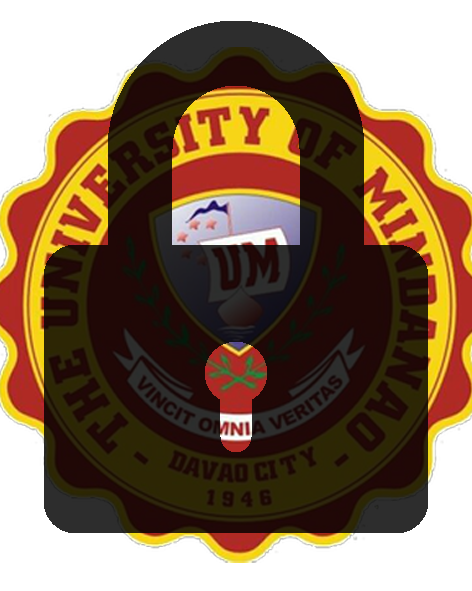Driving prosperity: multiple case study on the earning of public utility vehicle drivers in Island Garden City of Samal

View/
Date
2024-05Author
Agbon, Maria Fe Juliet
Galicia, Andrei Lynn
Pagay, April Anne
Montaño, Marlon
Keywords
Citation Tool
Metadata
Show full item recordAbstract
This study aims to understand the PUV drivers, Habal-habal, tricycles, and auto rickshaw in Babak District, as well as their earnings and numerous challenges and factors affecting their income in Babak District. The study utilized a qualitative research design using cross-case analysis with 3 informants' drivers' struggles. Multiple case study research is a qualitative methodology that allows researchers to contrast between individual cases, represent a diversity of qualities and extremes to create depth, and understand a broad phenomenon without losing the individuality of the single case studies (Baxter & Jack, 2008; Thomas, 2011). Despite these challenges, drivers demonstrate resilience in maintaining their income. Strategies such as standardization and adapting rules help them navigate these challenges effectively. Tricycle drivers face long working hours, high fuel costs, and passenger scarcity. Despite these, drivers maintain their earnings by considering the competition, accepting higher inflation, and being considerate to others, earning the habal-habal, tricycle, and auto-rickshaw drivers, including financial problems, long working hours, inflation, and competition. Auto-rickshaw drivers face similar challenges, including standardization, faith coping strategies, and inflation. They adapt to these by standardizing procedures, implementing rotation, and adjusting fares based on inflation rates and adversity. Despite these challenges, auto-rickshaw drivers have a good source of income due to lower operation costs and the potential for frequent trips. However, income depends on various circumstances and is not guaranteed to be a high earner.
Collections
- Undergrad Theses [192]
